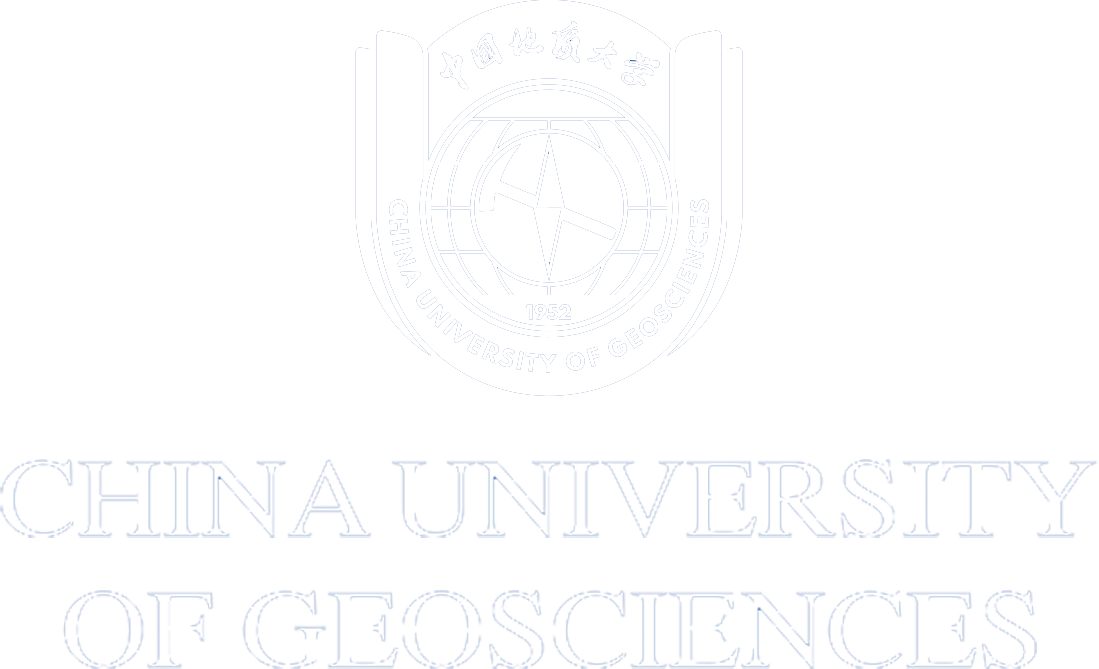Xiang Sun:Two stages of porphyry Cu mineralization at Jiru in the Tibetan collisional orogen: Insights from zircon, apatite, and magmatic sulfides【GSAB,2023】
Apr 12, 2023
Views:103
Continental collision?related porphyry copper (Cu) deposits provide significant global copper resources, but their genesis remains controversial because it is not clear whether remelting of remnant arc-derived lower-crustal Cu-rich cumulates is critical to their formation. We investigated zircon and apatite compositions of the Jiru porphyry Cu deposit in the Gangdese belt of southern Tibet, which is characterized by weaker early Eocene mineralization and more pronounced Miocene mineralization. Our data demonstrate that apatite hosted in zircon can record the volatile compositions of magma before fluid exsolution. Zircon-hosted apatites from the early Eocene granite that have low XF/XCl ratios (≤3) and are interpreted to have crystallized from volatile-undersaturated magma have Cl contents of 0.96?2.14 wt% (1.86 ± 0.38 wt%; n = 15) and SO3 contents of 0.01?0.14 wt% (0.08 ± 0.04 wt%; n = 15). In contrast, zircon-hosted apatites from the Miocene porphyry that have low XF/XCl ratios (≤10) and are interpreted to have crystallized from volatile-undersaturated magma have Cl contents of 0.40?0.56 wt% (0.47 ± 0.06 wt%; n = 11) and SO3 contents of 0.20?0.92 wt% (0.59 ± 0.29 wt%; n = 11). In addition, the early Eocene magma was relatively reduced (ΔFMQ = 0.86 ± 0.55, where FMQ is fayalite-magnetite-quartz) compared with the oxidized Miocene magma (ΔFMQ = 2.04 ± 0.43). The contrasting magmatic oxidation states and apatite/melt S contents were likely critical in controlling the different scales of Cu mineralization during the early Eocene and Miocene, as more highly oxidized magma can dissolve much larger amounts of sulfur and metals (e.g., Cu). Melt Cl content may not play a critical role in magma fertility, since the Jiru early Eocene granite had higher melt Cl contents than the Miocene porphyry. Magmatic sulfides (pyrrhotite, chalcopyrite, and pyrite) were not recognized in the Miocene zircons but did occur in the early Eocene zircons, and these sulfides were demonstrated to have crystallized before fluid exsolution in the shallow magma reservoir. The Jiru early Eocene magmatic sulfide saturation might not have enhanced the amount of copper available to hydrothermal fluids during the early Eocene. Late-stage sulfide saturation in the previous arc magmas might reduce the potential for collision-related porphyry Cu mineralization that is associated with remelting of the previous arc lower crust.
Article link: https://pubs.geoscienceworld.org/gsa/gsabulletin/article-abstract/doi/10.1130/B36741.1/620864/Two-stages-of-porphyry-Cu-mineralization-at-Jiru?redirectedFrom=fulltext




 Address
Address
 E-Mail
E-Mail
 Telephone
Telephone